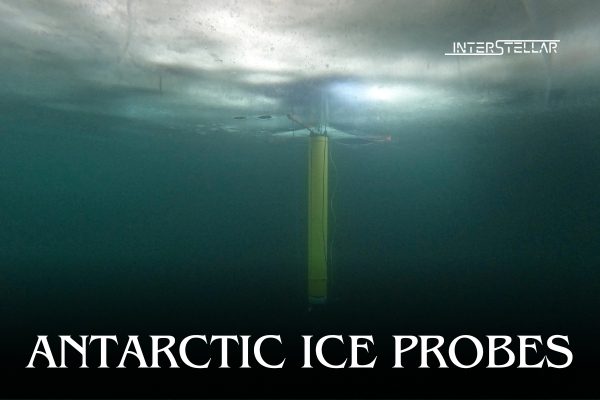NASA Engineers Develop Underwater Probes to Monitor Antarctic Ice Melt
NASA engineers are working on an innovative fleet of underwater robot probes designed to measure how rapidly climate change is melting Antarctica’s vast ice sheets. This project aims to provide critical data on rising sea levels and their potential impact on the global environment.
Underwater Robots for Hard-to-Reach Areas
The Jet Propulsion Laboratory (JPL) in California is leading the development of these submersible vehicles. A prototype was recently tested in the Arctic, beneath the frozen Beaufort Sea near Alaska, in March. These NASA underwater robots are designed to reach some of the most inaccessible locations on Earth, collecting data essential for understanding the dynamics of ice melt.
Paul Glick, a robotics engineer at JPL and the principal investigator for the IceNode project, highlighted the importance of these probes. He stated that these robots are crucial for delivering scientific instruments to areas that have been challenging to study, particularly beneath the Antarctic ice.
Monitoring Antarctic Ice Sheets
The primary goal of these probes is to collect accurate data on the rate at which warming ocean waters are melting Antarctica’s coastal ice. This information will help scientists improve computer models that predict future sea level rise. The state of Antarctica’s ice sheet is a major focus for researchers worldwide, especially those attending the 11th Scientific Committee on Antarctica Research conference in southern Chile.
A 2022 JPL analysis revealed that Antarctica’s ice shelf had lost around 12 trillion tons of mass since 1997, a figure that doubles previous estimates. If the entire ice shelf were to melt, global sea levels could rise by an estimated 200 feet (60 meters).
Ice shelves, massive floating slabs of frozen freshwater, play a crucial role in holding back glaciers that would otherwise slide into the ocean. However, satellite images have shown that these shelves are calving into icebergs faster than they can regenerate. Rising ocean temperatures are also eroding the shelves from underneath, a process that the IceNode probes or NASA underwater robots are designed to study more precisely.
Deployment and Data Collection
The IceNode probes are cylindrical, measuring about 8 feet (2.4 meters) in length and 10 inches (25 cm) in diameter. They can be deployed from boreholes in the ice or from vessels at sea. Although these robots lack propulsion, they drift with ocean currents, guided by specialized software, to reach grounding zones where ice meets ocean and land. These areas are inaccessible to satellite signals, making the data collected by IceNode crucial.
Upon reaching their target, the probes will drop their ballast and float upwards to attach themselves to the underside of the ice shelf using three-pronged landing gear. Once in position, the IceNodes will continuously record data for up to a year, capturing seasonal changes. After completing their mission, the probes will release themselves to drift back to open water and transmit their findings via satellite.
Earlier methods for documenting ice shelf thinning relied on satellite altimeters, which measure changes in ice height from above. The IceNode probes offer a more direct and precise way to study the melting process from beneath the ice.
In a field test conducted in March, an IceNode prototype successfully descended 330 feet (100 meters) into the ocean, gathering data on salinity, temperature, and water flow. Previous tests took place in California’s Monterey Bay and beneath the frozen surface of Lake Superior.
Scientists believe that deploying 10 probes within a single ice shelf cavity would provide the most comprehensive data. However, more development and testing are required before a timeline for full-scale deployment can be established.


